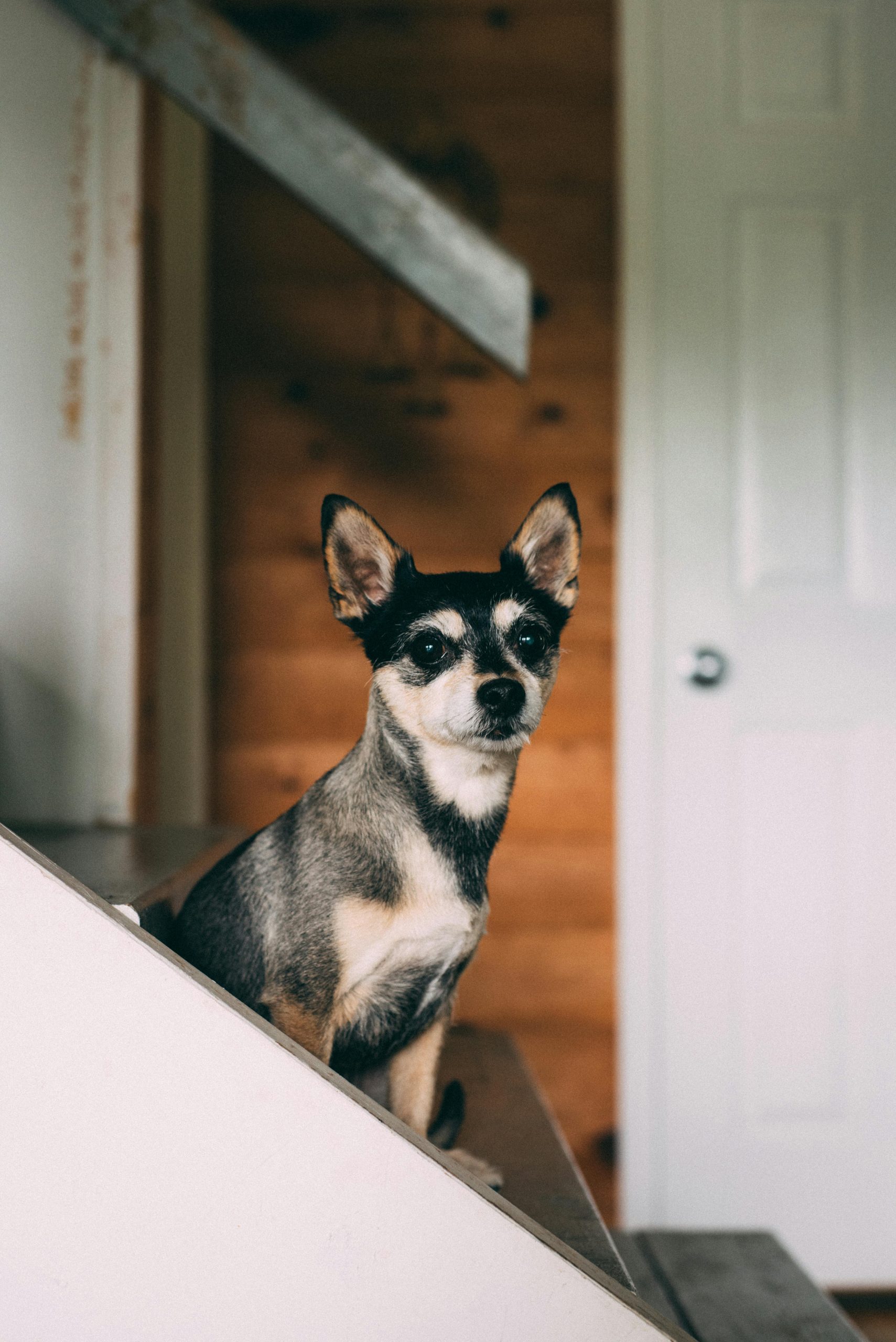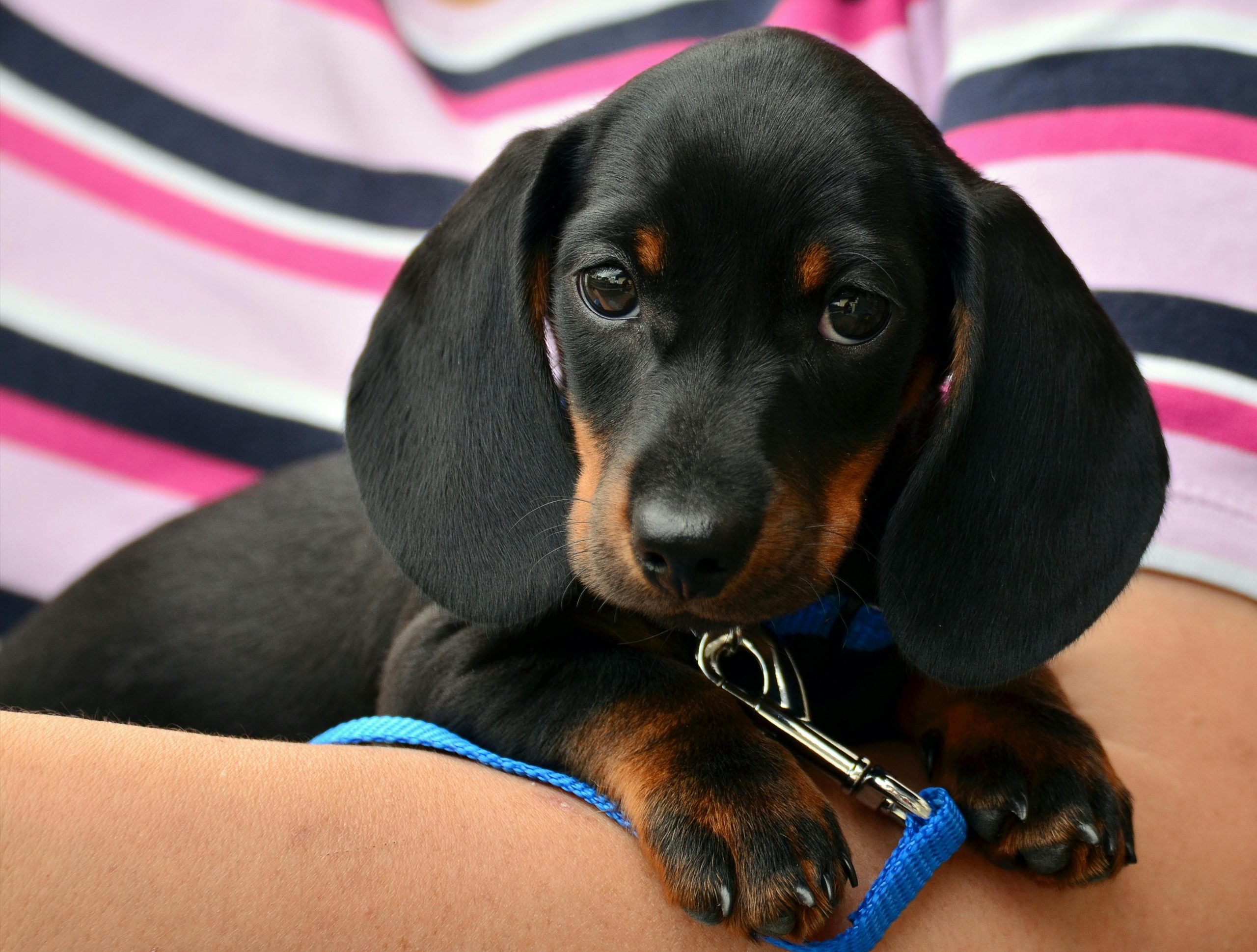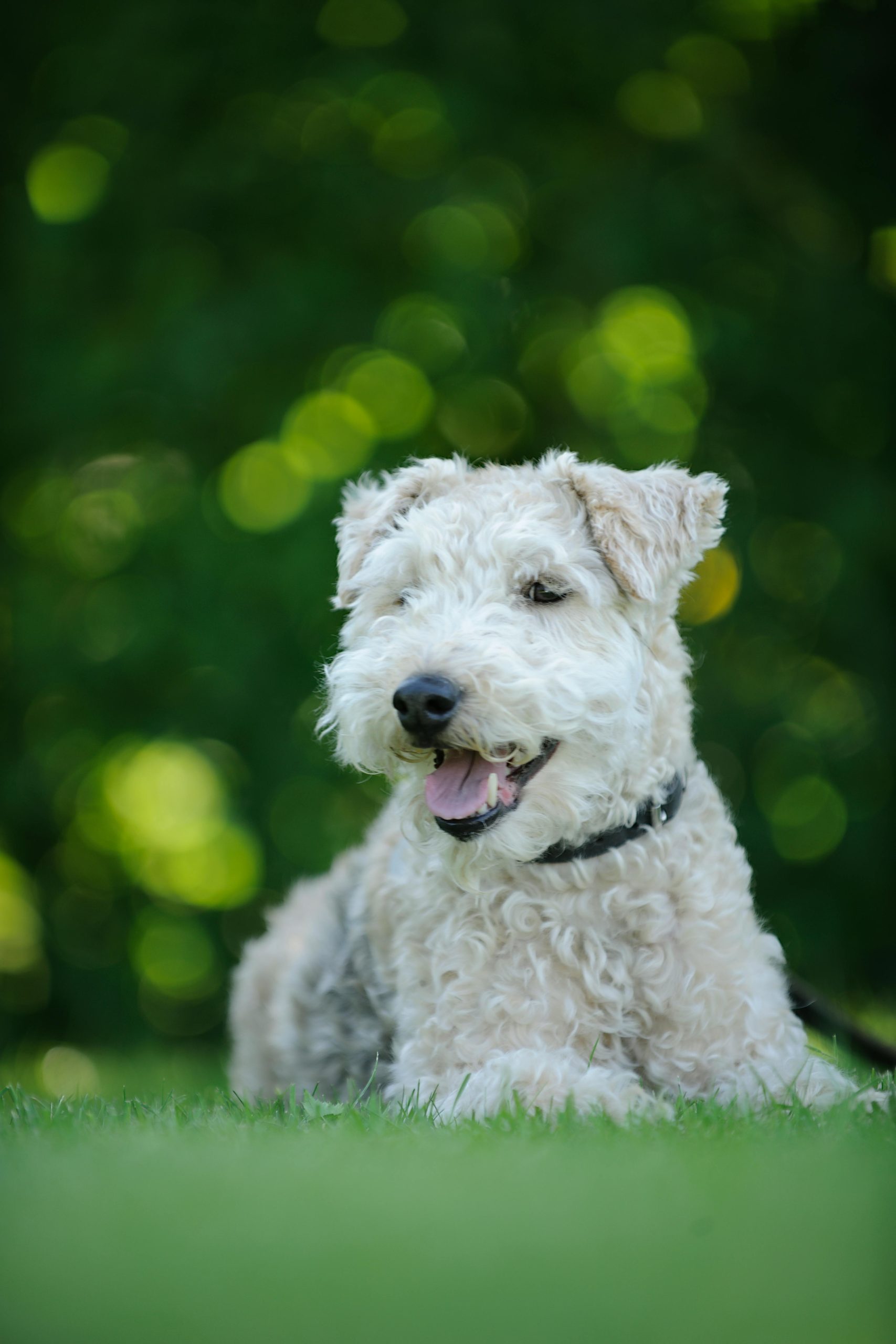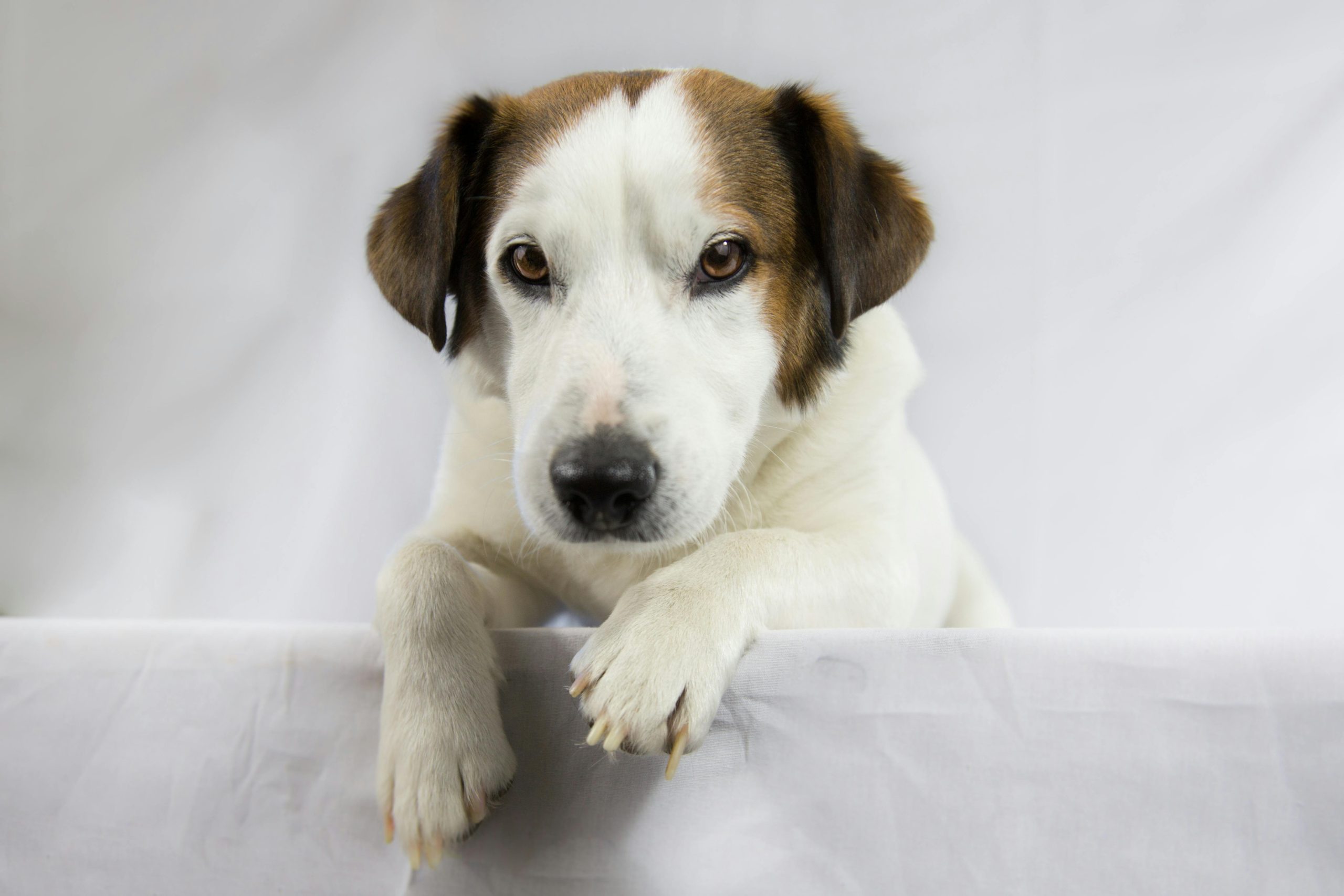The idea of a dog impregnating a cat or vice versa may seem like a curious and somewhat amusing concept. However, when it comes to the reproductive capabilities of different species, it’s essential to understand the biological limitations. In this article, we will explore the question of whether a dog can get a cat pregnant and delve into the scientific reasons behind the impossibility of such crossbreeding.

1. Reproductive Barriers
Dogs and cats belong to separate species, and their reproductive systems have evolved to be compatible only within their respective species. Here are some key points explaining the reproductive barriers that prevent dogs from impregnating cats:
- Genetic Incompatibility: Dogs and cats have different numbers of chromosomes, which is a significant barrier to successful fertilization. Dogs have a diploid number of 78 chromosomes, while cats have a diploid number of 38 chromosomes. The difference in chromosome count prevents the formation of viable and healthy offspring.
- Genital Differences: Dogs and cats have distinct reproductive organs with structural differences that hinder successful mating. The shape, size, and positioning of the reproductive organs in each species are specifically adapted for mating within their own kind.
- Hormonal Incompatibility: Dogs and cats have different hormonal cycles, making it challenging for the timing of ovulation and mating to align. The hormonal signals necessary for successful mating and conception are specific to each species, preventing the possibility of crossbreeding.
- Behavioral Differences: Dogs and cats have different mating behaviors and courtship rituals. Their communication and mating signals are specific to their species and are not recognized or responded to by individuals of the other species.

2. Species-Specific Reproduction
Dogs and cats have evolved to reproduce within their own species, resulting in distinct reproductive mechanisms. Here are some key points explaining the species-specific nature of dog and cat reproduction:
- Dog Reproduction: Dogs are known for their ability to reproduce sexually. Female dogs go through an estrous cycle, commonly referred to as “heat,” during which they are sexually receptive and capable of conceiving. Male dogs produce sperm that can fertilize the eggs of female dogs, leading to the birth of puppies.
- Cat Reproduction: Cats also reproduce sexually and have their unique reproductive cycle. Female cats undergo estrus, commonly known as “heat,” during which they become sexually receptive. Male cats produce sperm that can fertilize the eggs of female cats, resulting in the birth of kittens.
- Reproductive Isolation: The reproductive mechanisms of dogs and cats have evolved to ensure reproductive isolation between the two species. This isolation is crucial for maintaining the genetic integrity and distinct traits of each species.
- Importance of Genetic Diversity: Each species has specific genetic adaptations that are vital for their survival and overall health. Maintaining genetic diversity within a species is crucial for the resilience and adaptability of future generations.

3. Misconceptions and Urban Legends
Despite the scientific evidence against it, the idea of a dog impregnating a cat has persisted in popular culture, leading to various misconceptions and urban legends. Here are some key points addressing these misconceptions:
- False Reports: Occasionally, there have been anecdotal claims or reports of alleged dog-cat hybrids. However, these reports are often based on misunderstandings, misidentifications, or deliberate hoaxes.
- Misinterpretation of Behavior: In some cases, dogs and cats may exhibit mating-like behaviors towards each other, such as mounting or vocalizations. However, these behaviors are typically a display of dominance or playfulness and do not result in successful mating or conception.
- Misidentified Offspring: Instances where a dog and a cat have offspring together are typically the result of misidentification or confusion.The “offspring” may resemble a mix of the two species, but upon closer examination, they are often found to be purebred dogs or cats with physical features that may resemble the other species.
- Photoshopped Images: With the rise of digital manipulation, it’s important to be wary of photoshopped images circulating on the internet. Some images claiming to depict dog-cat hybrids are often the result of photo editing and not genuine crossbreeds.

Conclusion
In conclusion, it is biologically impossible for a dog to impregnate a cat or vice versa. Dogs and cats belong to different species and have distinct reproductive mechanisms that prevent successful crossbreeding. Genetic incompatibility, differences in genital structure, hormonal incompatibility, and behavioral differences all contribute to the reproductive barriers between these two species. While there may be myths, misconceptions, and hoaxes surrounding the possibility of dog-cat hybrids, scientific evidence clearly demonstrates that such crossbreeding is not feasible. It is essential to rely on accurate scientific knowledge when considering the reproductive capabilities of different species.

Leave a Reply